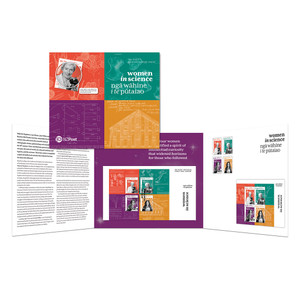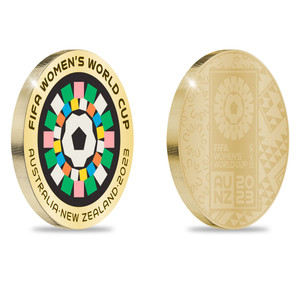Women being allowed the right to vote was a monumental change in New Zealand’s history. It was a change that was controversial at the time but went on to lead New Zealand into a much brighter future.
Issue information
Organised pressure to grant women the vote began as early as 1885 with the formation of the Women's Christian Temperance Union, which was dedicated to a broad range of social and moral reforms, including a greater say in government for women. Under the leadership of Kate Sheppard, the WCTU submitted three nationwide petitions to Parliament asking for the removal of the Electoral Bill stipulation that "Persons does not include female".
Despite the opposition of every member of the Liberal Party cabinet, including the premier, Richard Seddon, the third petition in 1893 finally convinced the House of Representatives to pass the Suffrage Bill, allowing women to vote.
To become law the Bill then had to be passed by the Legislative Chamber, or Upper House. As members wavered, suffragists telegrammed them with a message which read: "Understand the fate of franchise depends on your vote. Oh, fail us not!!"
When some members of the House then tried to pressure the Governor, Lord Glasgow, to withhold his assent to the Bill, suffragists bombarded him with telegrams and deputations. On 19 September 1893 he gave his assent and New Zealand became the first nation to allow women to vote in general elections.
It was not, however, until 1919 that women were actually allowed to stand for Parliament. The first woman MP was elected in 1933 when Elizabeth McCombs won the seat left vacant by her husband's death.
Product listing for Women's Vote
Click to enlarge image.
Technical information
| Date of Issue: | 31 March 1993 |
|---|---|
| Designer: | Lindy Fisher, Auckland, NZ |
| Printer: | Southern Colour Print, Dunedin |
| Stamp Size: | 28mm x 40mm |
| Sheet Size: | 100 stamps per sheet |
| Process: | Lithography |
| Perforation Gauge: | 13.5 |
| Paper Type: | Peterborough Paper Convertors, red phosphor coated, unwatermarked |








